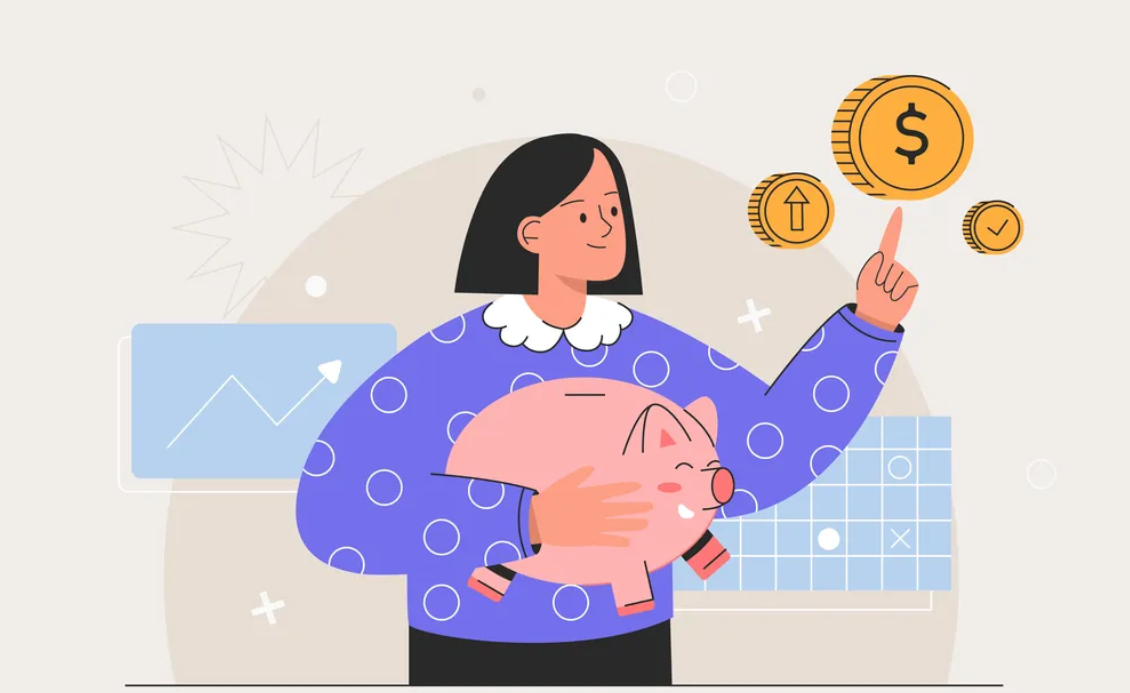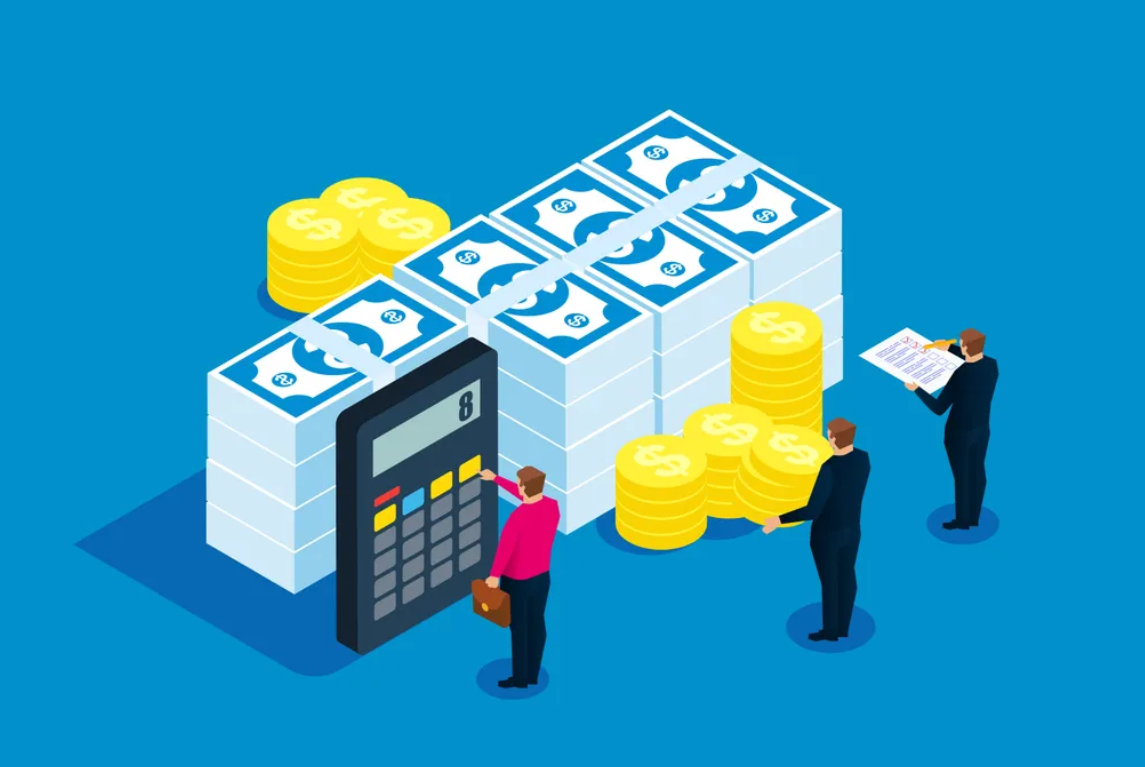Savings rates have been a topic of great interest and concern for individuals and investors alike, as they impact the growth of savings accounts, certificates of deposit (CDs), and other fixed-income investments. In recent years, the direction of savings rates has been on the rise, leaving many to wonder whether this trend will continue in 2023. In this article, we’ll explore the factors that influence savings rates and examine the prospects for their trajectory in the year ahead.
Understanding Savings Rates
Savings rates, also known as interest rates on savings accounts and other fixed-income investments, are influenced by a variety of economic factors and policy decisions. They can be broadly categorized into the following types:
Central Bank Rates: These are set by a country’s central bank, such as the Federal Reserve in the United States. Central banks use interest rates to control the money supply, influence economic growth, and manage inflation.
Retail Bank Rates: Retail banks, including both traditional and online banks, offer various interest rates on savings accounts and CDs. These rates are influenced by central bank policies and the competitive landscape of the banking industry.
Market Rates: Market-driven interest rates, such as the yield on U.S. Treasury bonds, have a significant impact on the rates offered by financial institutions. These rates are influenced by factors like investor sentiment and economic indicators.
Factors Affecting Savings Rates
To predict whether savings rates will continue to rise in 2023, it’s essential to consider the following factors:
Central Bank Policies
Central banks play a crucial role in setting the tone for interest rates. In response to economic conditions, central banks can choose to raise rates to combat inflation or lower rates to stimulate economic growth. In recent years, many central banks have implemented low-interest-rate policies to support economic recovery from the COVID-19 pandemic.
Inflation
Inflation erodes the purchasing power of money, making it a key factor influencing savings rates. Central banks are likely to raise rates if they see signs of rising inflation, as it erodes the real return on savings. In 2023, the trajectory of inflation will be a significant factor to watch.
Economic Growth
The health of the economy also influences savings rates. Strong economic growth can lead to higher interest rates, while economic slowdowns often prompt central banks to lower rates to stimulate spending and investment.
Global Economic Factors
Global economic conditions, including trade policies, geopolitical events, and international economic growth, can affect the direction of savings rates. In a globalized world, financial markets are interconnected, and developments abroad can have a ripple effect.
Prospects for Savings Rates in 2023
While it’s challenging to make precise predictions, we can outline several scenarios for savings rates in 2023:
Gradual Rate Increases
If inflation continues to rise and economic growth remains robust, central banks may gradually increase interest rates. This could lead to higher savings rates over the course of the year.
Sustained Low Rates
If inflation remains under control and economic growth is stable but not exceptionally strong, central banks may choose to keep rates relatively low. In this scenario, savings rates may stay near current levels.
Unpredictable Factors
The course of savings rates in 2023 is also influenced by unpredictable factors such as unforeseen economic events, geopolitical tensions, and the effectiveness of public health measures in managing ongoing health crises.
What Savers Can Do
Given the uncertainty surrounding savings rates in 2023, savers can take several actions to navigate this environment:
Diversify Investments
Consider diversifying your savings and investments to balance risk and return. Explore options beyond savings accounts, such as bonds, stocks, and real estate, to maximize potential returns.
Stay Informed
Keep a close eye on economic indicators, central bank policies, and inflation trends. Being informed allows you to make timely decisions that align with your financial goals.
Review Financial Goals
Periodically review your financial goals and adjust your savings and investment strategies accordingly. Whether you’re saving for a major purchase, retirement, or an emergency fund, a well-defined strategy is essential.
Savings rates are influenced by a complex interplay of economic, financial, and policy factors. While there’s no crystal ball to predict with certainty the direction of savings rates in 2023, understanding the key drivers and staying informed can help you make informed decisions about your financial future. In a dynamic economic landscape, adaptability and a diversified approach to saving and investing remain essential to achieve your financial goals.





